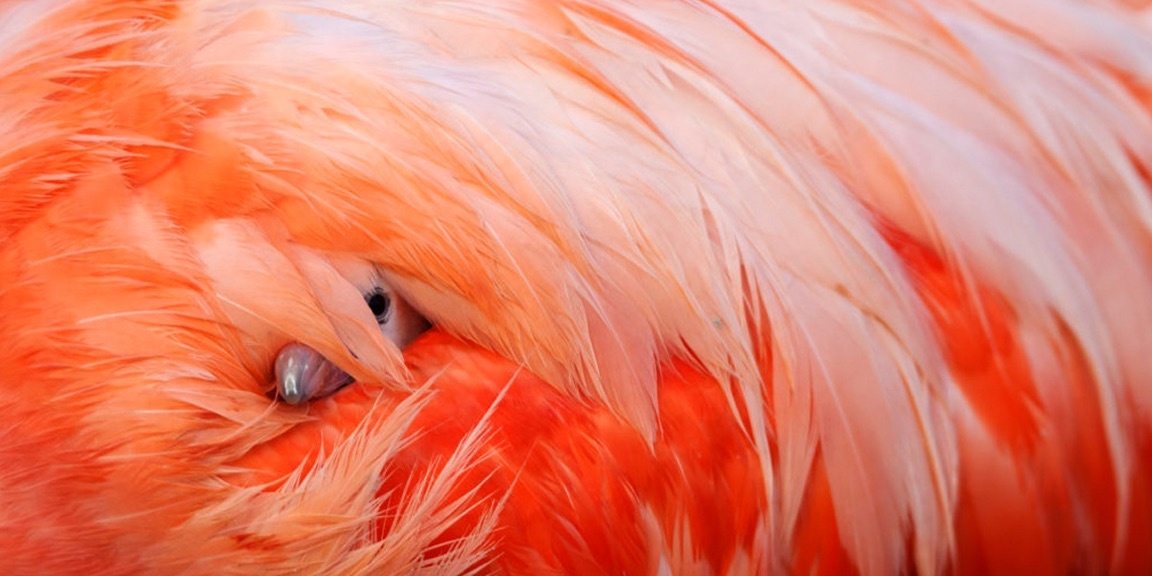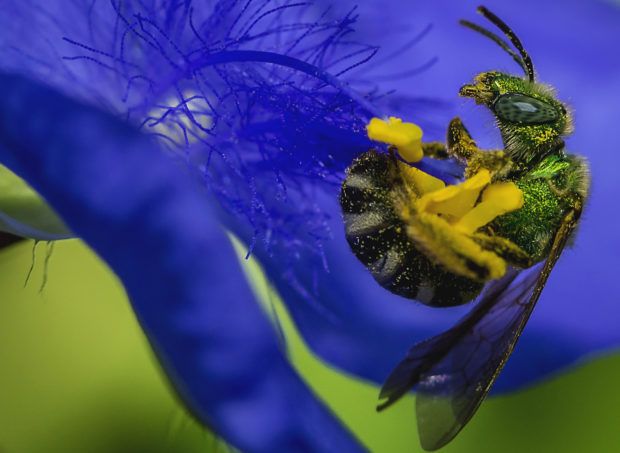

Caribbean Flamingo. Claudio Contreras Koob
By Lisa Moore
Imagine yourself, camera in hand, suddenly spotting a grazing elk, a hummingbird feeding its chicks, a grizzly charging a rival or a bumble bee gathering pollen. You want the shot, but how do you get it without disturbing the natural behavior of the beautiful animal you’re hoping to capture through your lens?
Find four compelling answers to this question in a brief and beautiful video from National Wildlife magazine, highlighting the work of wildlife photographer Claudio Contreras Koob.
A winner in the magazine’s 2017 photo contest, Koob offers four basic tips that any photographer—amateur and professional alike—can use to make ethical images in the field, whether it’s in your own backyard or around the globe. His advice:
Be invisible.
To avoid disturbing an animal, keep a suitable distance, approach very slowly and wear camouflage or use a blind. “You have to get them to accept you as if you were a stone,” said Koob.
Know your subjects.
“Learn the behaviors of what you are going to photograph,” said Koob. “They have a language, and they are always telling us what they think, but we have to understand it.”
Take your time.
“Give yourself a lot of time to return and return and return … so you can understand the cycles of life and death in the place you want to photograph,” said Koob. While photographing flamingoes, for example, Koob said he “could see their reactions to my presence and I could see that there was no problem if I really made it slow, slow, slow.”
Green sweat bee. Dave Weth
Do not disturb.
“No image is as important as the creature that you are photographing or as the environment that you are photographing,” said Koob. Animals can be easily spooked. So tread lightly, and if you notice even a small change in an animal’s behavior—especially if the animal is courting, feeding, nesting or with its young—slowly and quietly move away.
Koob’s final bit of advice has special value for the millions of avid amateur photographers out there who may think that the greatest wildlife images have to come from the hands of a pro in an African savanna or some other exotic locale. “You can go in your backyard and find conservation stories out there and find beautiful details.” he said, “In the details, there are lots of beautiful things to see.”
We, the editors of National Wildlife magazine, have seen how true that is. Hundreds of people who submit images to our annual photo contest are amateur photographers who see the beauty in the details—people like house painter Dave Weth, whose image of a green sweat bee landed on the cover of our December-January 2018 issue, and people like Anne Grimes, whose lovely image of a crab spider shedding its skin won second place for backyard habitats in our 2017 contest.
These people, and everyone else who submits to National Wildlife‘s annual contest, take the time to see and appreciate the natural world. So, please submit your favorite photographs to our 2018 photo contest, which is now open. All entries are judged blind, so everyone has an equal chance to win. And every entry, whether a winner or not, helps advance the conservation work of the National Wildlife Federation.
- One of These Images Could Bring Home the Wildlife Photographer ...
- Yes, Animals Have Personalities, and They're More Important Than ...
- The ‘New Big 5’ Picks World’s Most Photogenic Animals to Celebrate Life, Not Death

 233k
233k  41k
41k  Subscribe
Subscribe 
